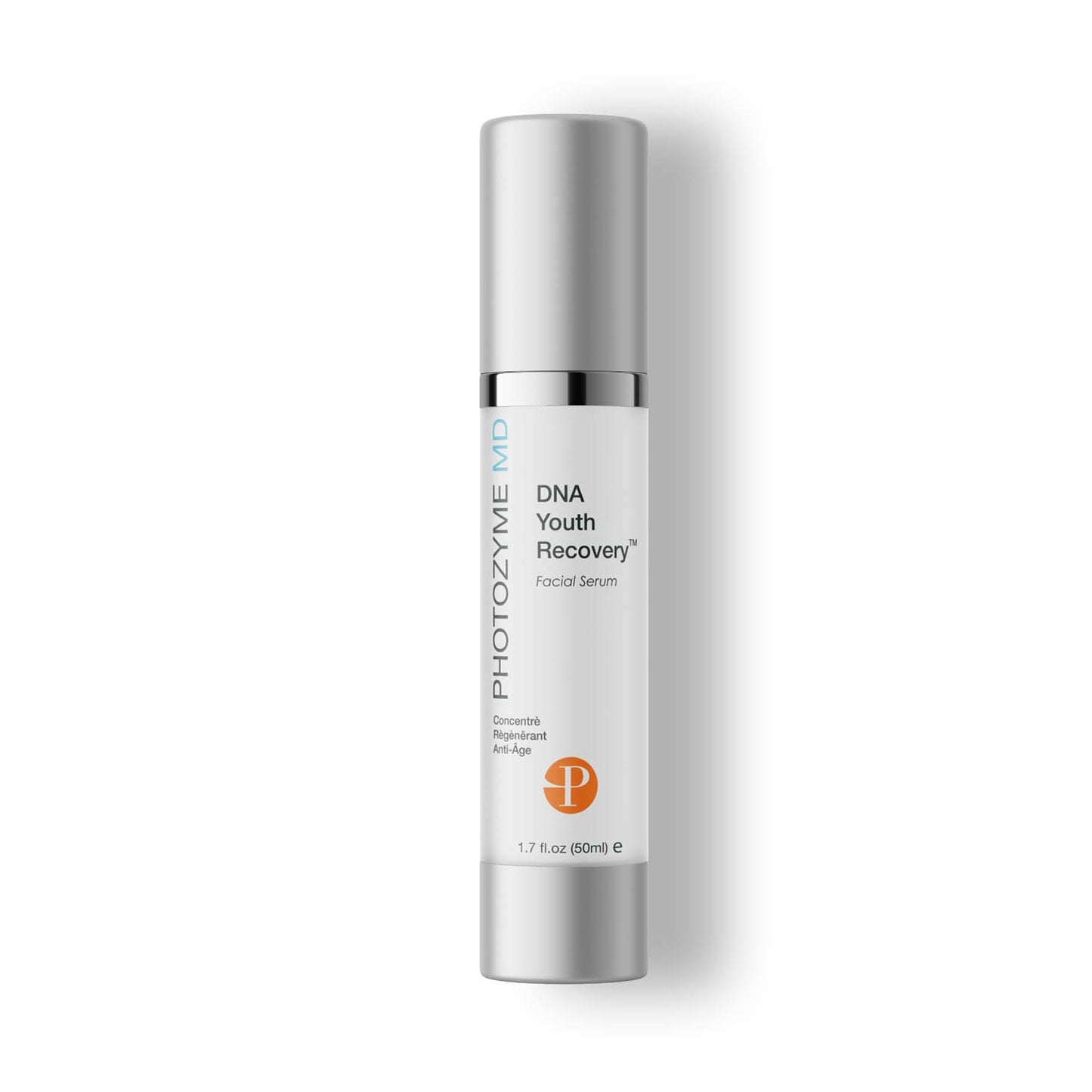
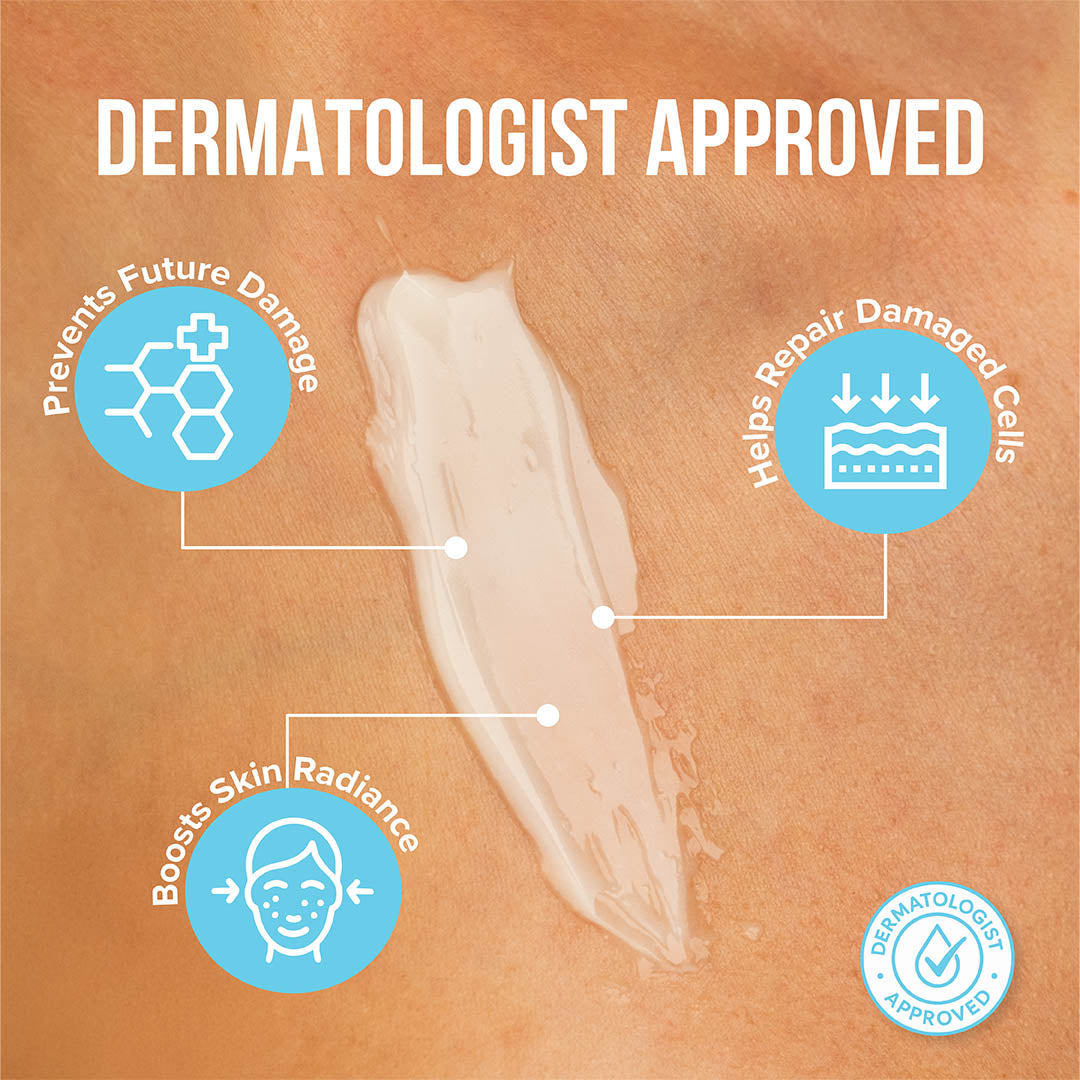
This store requires javascript to be enabled for some features to work correctly.
Hyperpigmentation isn’t just a cosmetic concern—it chips away at your confidence, especially when makeup no longer does the trick. The good news? You’re not alone; more importantly, you’re not out of options.


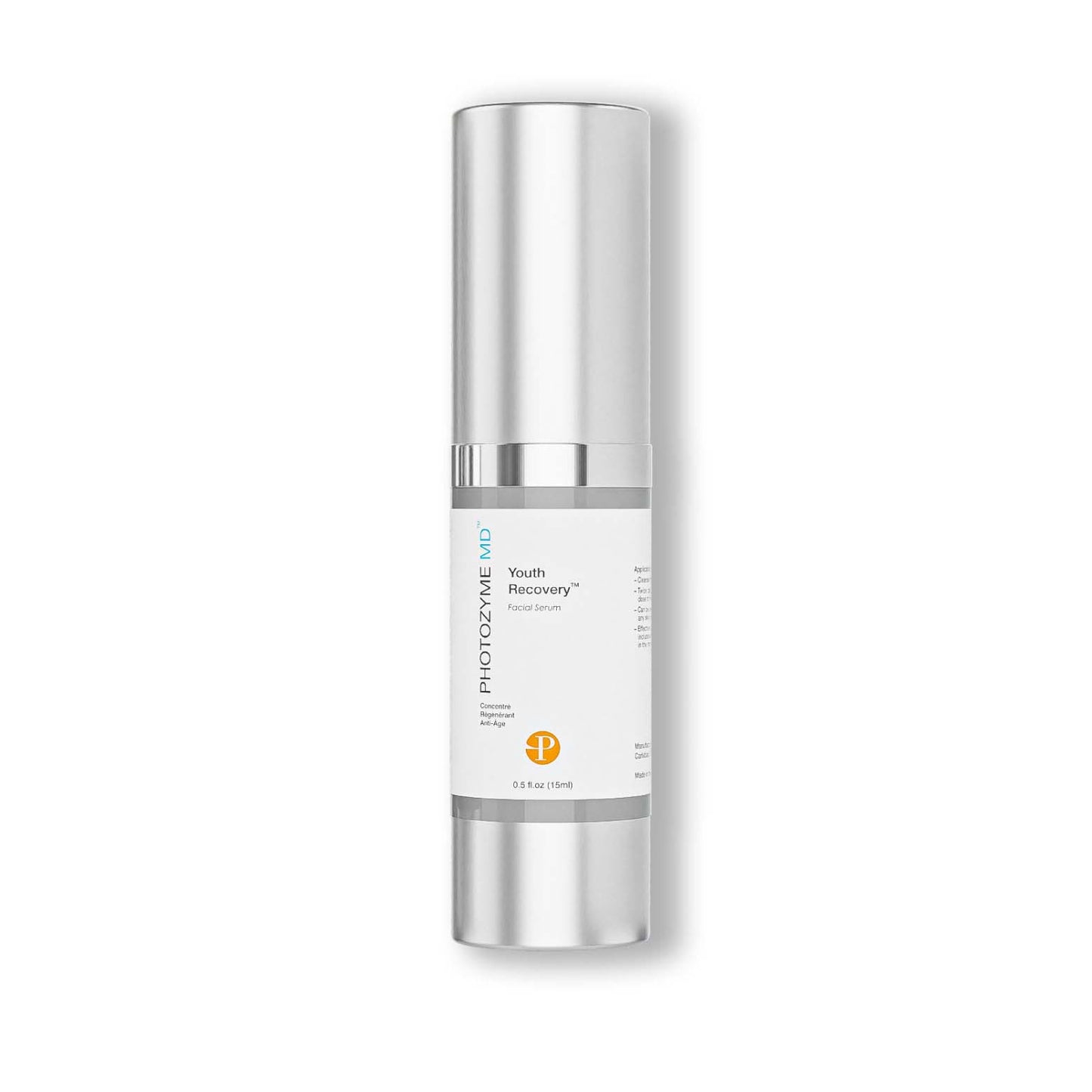
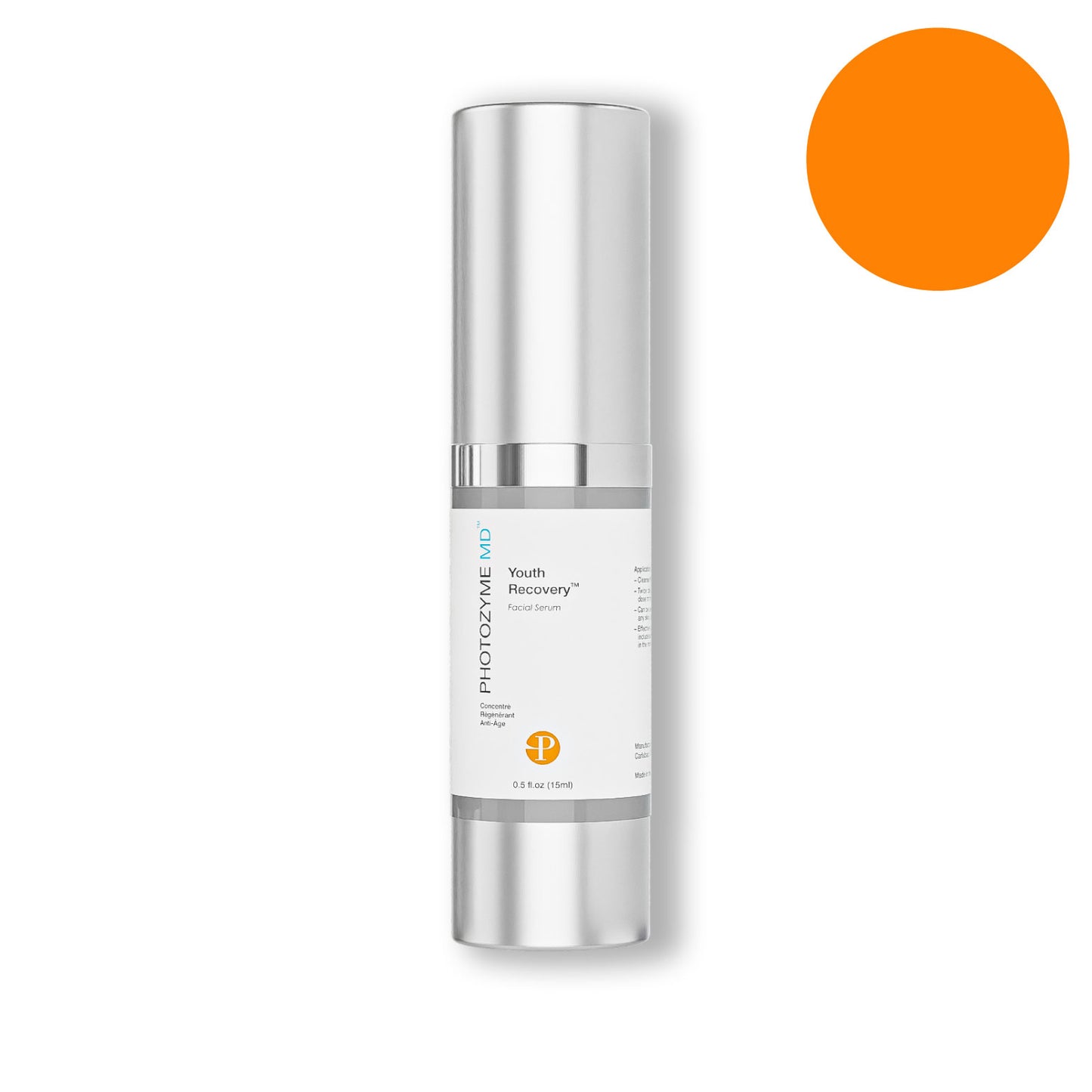
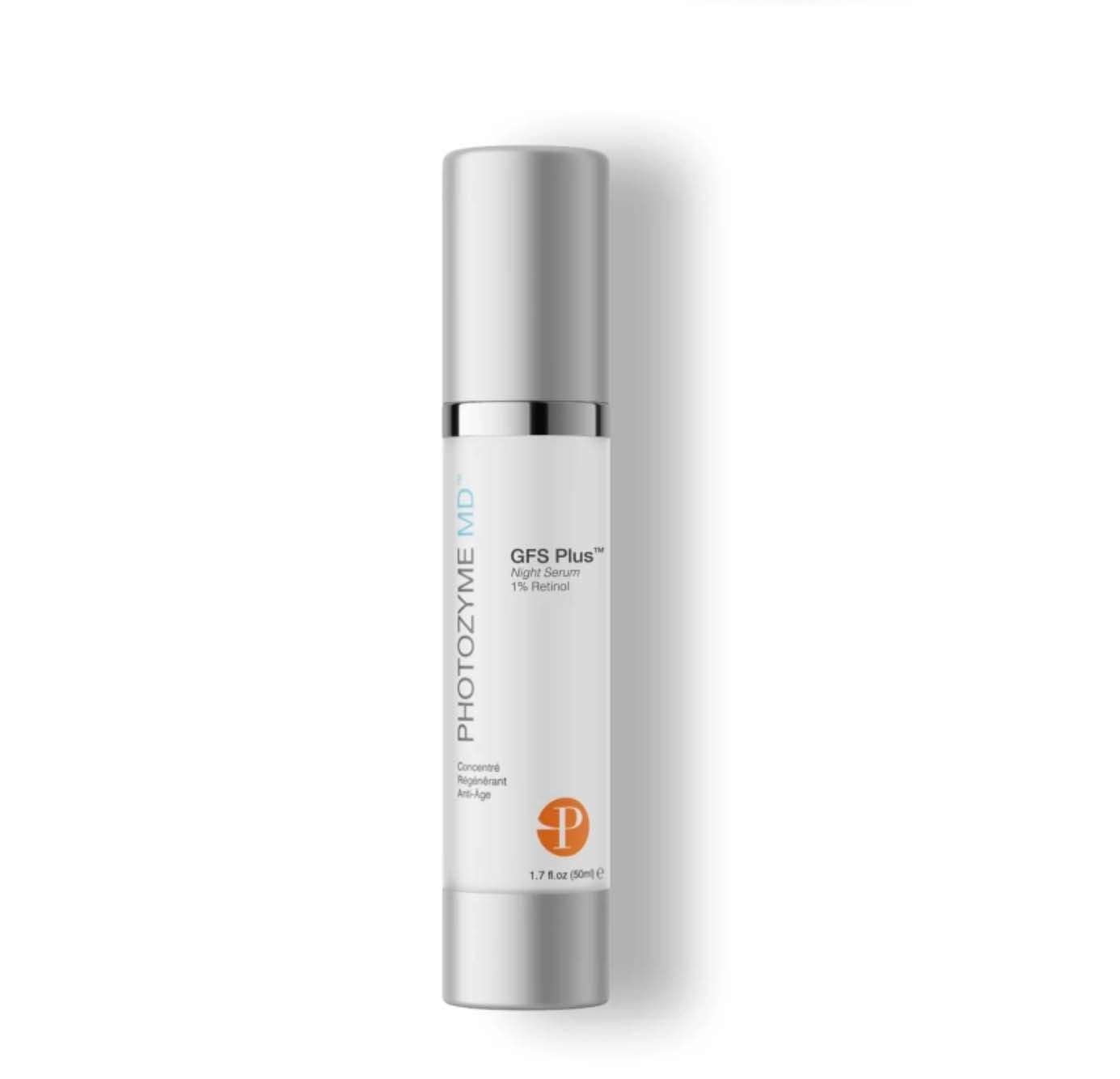
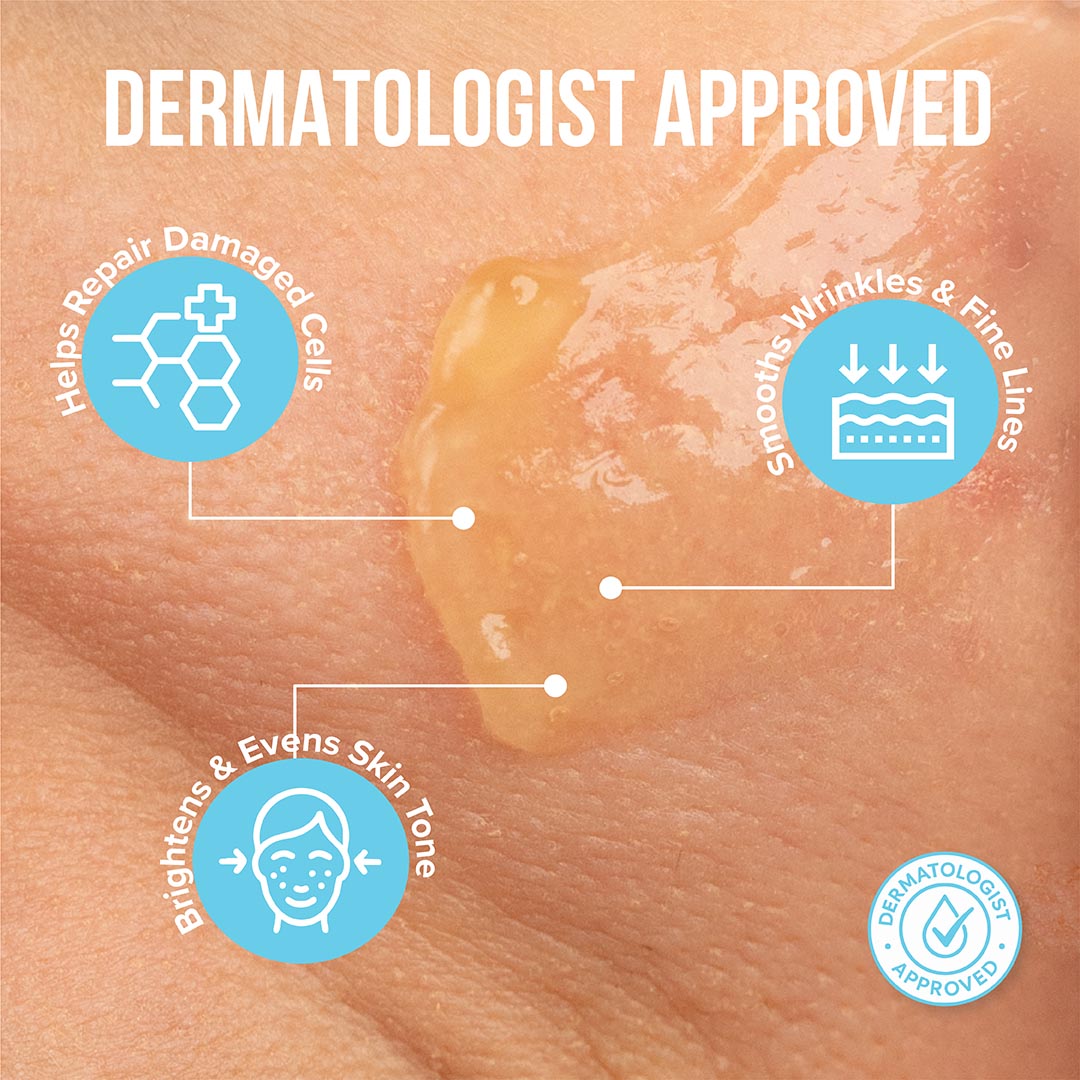
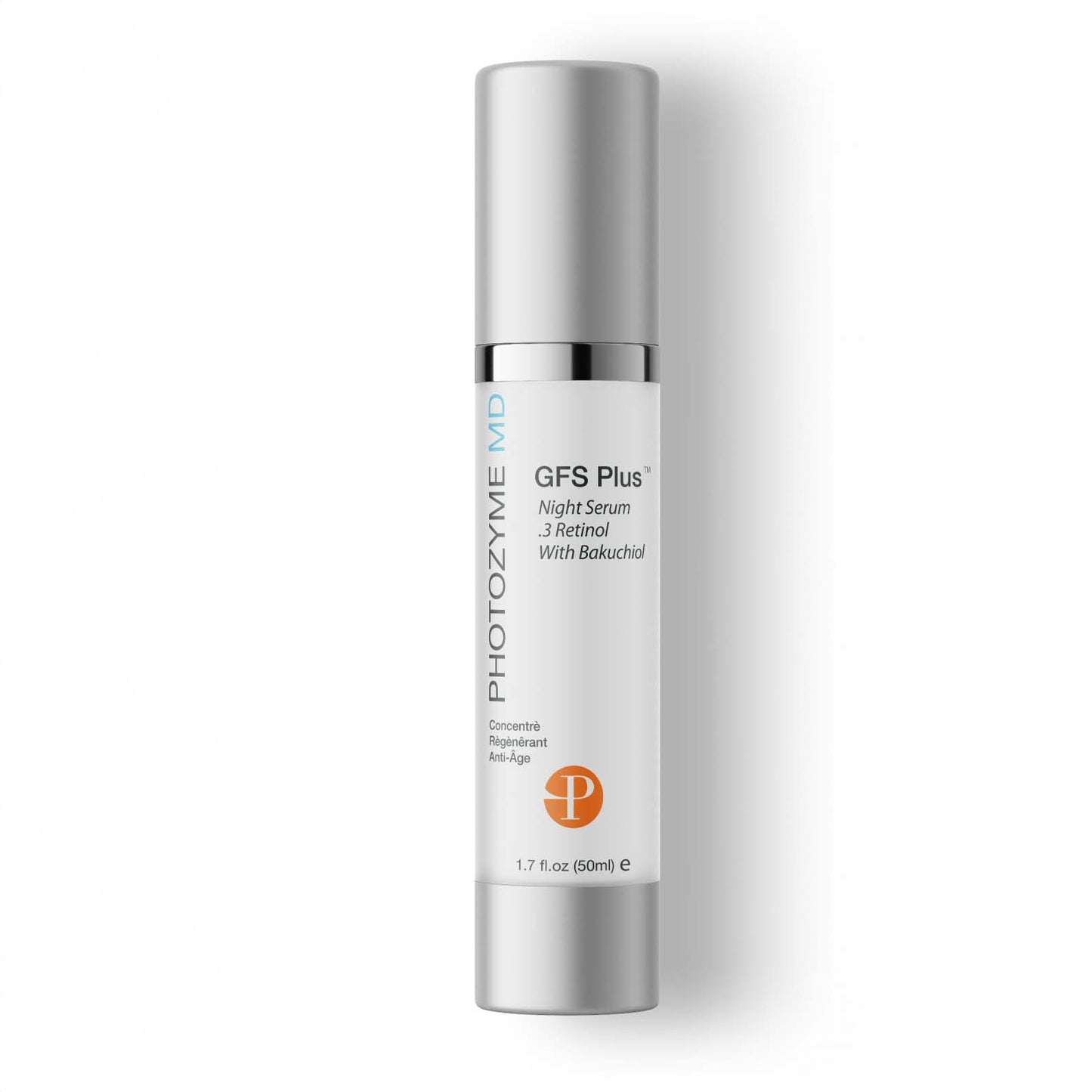

Hyperpigmentation is a common dermatological concern characterized by the darkening of the skin in certain areas due to excess melanin production, the pigment responsible for skin color. While not typically harmful from a medical standpoint, hyperpigmentation can have significant psychosocial impacts, affecting self-confidence and overall quality of life. Understanding hyperpigmentation’s underlying mechanisms is essential for selecting the best serum for hyperpigmentation and developing an effective treatment plan.
Melanin, produced by cells called melanocytes, plays a central role in determining skin color. Hyperpigmentation occurs when these cells produce excess melanin or when melanin is unevenly distributed throughout the skin. This process can be triggered by various intrinsic and extrinsic factors, leading to persistent or recurring discoloration.
Several clinical patterns of hyperpigmentation are recognized:
While anyone can develop hyperpigmentation, particular risk factors elevate susceptibility:

Maximizing the serum's efficacy is as crucial as the formulation itself when seeking the best serum for hyperpigmentation. Effective application techniques can enhance ingredient penetration, minimize irritation, and optimize visible improvement in pigmentation concerns. Below are best practices organized in a stepwise process to help achieve optimal outcomes.
Start with a gentle cleanser suited to your skin type. Remove makeup, sunscreen, and impurities to create a clean canvas for your serum. Cleansing ensures there are no barriers that could hinder the active ingredients from reaching the deeper layers of your skin.
Applying serum to slightly damp (not wet) skin can increase absorption. After cleansing, lightly pat your face with a towel, but avoid drying completely. The residual moisture facilitates deeper penetration of hydrating and brightening agents.
Serums are highly concentrated; a little goes a long way. Dispense one to two pumps or a pea-sized amount. Overusing products can lead to waste and potential irritation, especially with active ingredients like vitamin C or acids commonly found in hyperpigmentation serums.
Instead of rubbing, use gentle pressing or patting motions with your fingertips to apply the serum. This technique minimizes friction, reducing the risk of irritation and ensuring even distribution across areas of concern.
Wait about one minute after applying the serum to let it absorb fully before proceeding. Follow with a moisturizer to lock in the active ingredients and keep the skin barrier hydrated. If you’re unsure about the best order for layering products, check out our guide on whether to use serum before or after moisturizer. If your routine includes treatment products or retinoids, apply them according to professional guidelines to minimize the risk of ingredient conflicts.
Hyperpigmentation is particularly sensitive to ultraviolet exposure. For best results, apply broad-spectrum sunscreen each morning as the final step in your skincare routine. Without diligent sun protection, even the best serum for hyperpigmentation may not deliver optimal results.
Tackling this concern requires a targeted approach, and serums have emerged as pivotal tools in both professional and at-home skincare routines. Their lightweight texture and concentrated ingredients enable deeper penetration to address the root causes of hyperpigmentation at a cellular level. To ensure you get the most out of your product, learning how to apply serum on face correctly is a key step toward maximizing results.
Unlike creams and lotions, serums are formulated with smaller molecular structures, allowing active ingredients to reach deeper layers of the skin. This precision delivery system maximizes the efficacy of ingredients that inhibit melanin production, boost cell turnover, and repair environmental damage. The result is a more focused and expedient approach to correcting pigmentation irregularities. If you’re wondering what does serum do for your face, this deep penetration and targeted action are the primary reasons.
Effective serums harness potent actives such as vitamin C, niacinamide, and retinoids. Vitamin C functions as a powerful antioxidant, neutralizing free radicals while suppressing excess melanin production. Niacinamide, a form of vitamin B3, interrupts the transfer of pigment within the skin, leading to a more uniform complexion.
Retinoids accelerate skin cell turnover, enabling old, pigmented cells to be shed and replaced by new, healthy skin. Clinical studies continually validate the benefits of these ingredients in reducing visible discoloration and improving overall skin clarity.¹
Below, we break down the essential attributes every clinician and educated consumer should consider when searching for an effective hyperpigmentation solution.
Hyperpigmentation is a complex process rooted in overactive melanin production, often triggered by sun exposure and environmental aggressors. The best serums utilize active ingredients with substantial peer-reviewed research supporting their efficacy for pigment correction. Look for formulations containing:
Even with the most promising ingredients, results hinge on efficient delivery to the target layers of skin. High-quality serums employ advanced encapsulation technologies or liposomal carriers, which enhance penetration and stability of actives while minimizing irritation risk.
The best serums for hyperpigmentation are rigorously tested for biocompatibility and safety, key for professional and patient confidence, especially in sensitive and post-procedure skin. Hypoallergenic, fragrance-free, and non-comedogenic formulations are preferred to reduce irritation that could worsen pigmentary concerns.
When used alongside in-office procedures like chemical peels, lasers, or microneedling, a well-formulated serum can accelerate results, optimize healing, and reduce risk of post-inflammatory hyperpigmentation. Seek products designed with this synergy in mind, suitable for both pre- and post-procedural protocols.
Hyperpigmentation often develops as a direct response to environmental stressors, hormonal fluctuations, and inflammatory processes on the skin. A well-rounded prevention strategy is the most proactive approach to managing uneven skin tone. Below, we break down evidence-based steps you can take to support skin clarity and resilience.
UV radiation is the primary driver of hyperpigmentation, stimulating excess melanin production and DNA damage at the cellular level. Daily use of broad-spectrum sunscreen with an SPF of 30 or higher is non-negotiable. Reapply every two hours during outdoor exposure, and don't forget areas like the neck, chest, and hands. For added defense, incorporate protective clothing and seek shade whenever possible.
Choose cleansers, moisturizers, and serums designed for sensitive or pigment-prone skin. Look for ingredients such as niacinamide, vitamin C, and retinoids—each scientifically proven to help control melanin synthesis and promote even skin tone. If you struggle with dryness while using these actives, see our tips on how to cure dry skin on face overnight. Always patch test new products, and introduce active ingredients gradually to avoid irritation, which itself can trigger post-inflammatory pigmentation.
Apart from the sun, other factors like heat, pollution, and even some medications can exacerbate hyperpigmentation. If possible, limit time spent in hot environments and urban pollution. If a medication is contributing to changes in your skin, consult with your healthcare provider for possible alternatives.
Any skin injury, from acne breakouts to minor scratches, can result in lingering dark marks if inflammation is not quickly addressed. Use gentle, microbiome-friendly formulations, and avoid aggressive scrubbing or picking at the skin. Over-the-counter anti-inflammatory agents, like topical corticosteroids (for short-term use) or soothing botanicals, can reduce pigment risks.
Hyperpigmentation requires vigilant, ongoing care. Establish a morning and evening skincare routine, adapting products and actives as your skin’s needs evolve. Consistency is key to achieving and maintaining a visibly even complexion.

Ready to fade stubborn dark spots and even out your skin tone—for good? Photozyme’s targeted serums combine dermatologist-recommended ingredients like Retinol, Vitamin C, and our proprietary DNA repair enzymes to deliver visible results you can trust.
Our serums are crafted with care and are designed to complement the routines of aesthetic professionals and skincare enthusiasts alike. With textures that layer well and formulations created in partnership with FDA-approved manufacturing, you can confidently choose what fits your routine.
At Photozyme, we approach hyperpigmentation with a deeper understanding of its underlying causes. While traditional brightening serums are often designed to target melanin production, our philosophy goes further, acknowledging the role of UV-induced DNA damage in visible skin discoloration.
That’s why our formulations integrate DNA Enzyme Technology, which is designed to support the skin’s natural repair processes. This next-generation approach aligns with a more comprehensive skincare strategy focused on both surface tone and environmental stressors.
Every Photozyme serum is developed with intention—bringing together key ingredients that work synergistically in advanced formulations. We utilize photolyase and other DNA repair enzymes, combined with ingredients like stabilized vitamin C, niacinamide, and tranexamic acid.
These elements are selected based on their compatibility and relevance in professional skincare regimens aimed at improving skin tone and texture.
Our products are formulated with the professional channel in mind—designed for use and recommendation by dermatologists, plastic surgeons, and aesthetic professionals. At Photozyme, we work closely with FDA-approved manufacturers to ensure every product meets the high standards expected in clinical settings. This commitment to excellence positions our skincare within respected practices and trusted hands globally.
Read Also:
Sources:
For optimal efficacy, it is generally recommended to apply hyperpigmentation serum once or twice daily, following your cleansing routine. Always follow the manufacturer’s specific usage guidelines and consult a dermatologist for personalized advice.
Yes, hyperpigmentation serums are designed to integrate seamlessly into comprehensive skincare regimens. They can be used alongside moisturizers, sunscreens, and other targeted treatments. Apply serums directly to cleansed skin for best results before layering additional products.
Some serums may contain active ingredients such as acids or retinoids, which may occasionally cause mild irritation, especially during initial use. It is advisable to begin with less frequent application and gradually increase as your skin builds tolerance. If severe irritation occurs, discontinue use and consult a dermatologist.
Many modern serums, including those developed by Photozyme, are formulated with advanced, clinically tested ingredients suitable for sensitive skin. However, it’s always prudent for individuals with sensitive or reactive skin to perform a patch test and consult a skincare professional before introducing new actives.
Potent and scientifically developed serums, such as those produced by Photozyme, are available through professional medical channels without a prescription. For more severe concerns, dermatologists may recommend prescription-strength compounds.
Most hyperpigmentation serums can be applied either in the morning or evening. However, some active ingredients may increase photosensitivity, making nighttime application preferable. Always follow product-specific guidelines and use a broad-spectrum sunscreen during the day to protect treated skin.
Receive discounts and tips for your skin care routine!